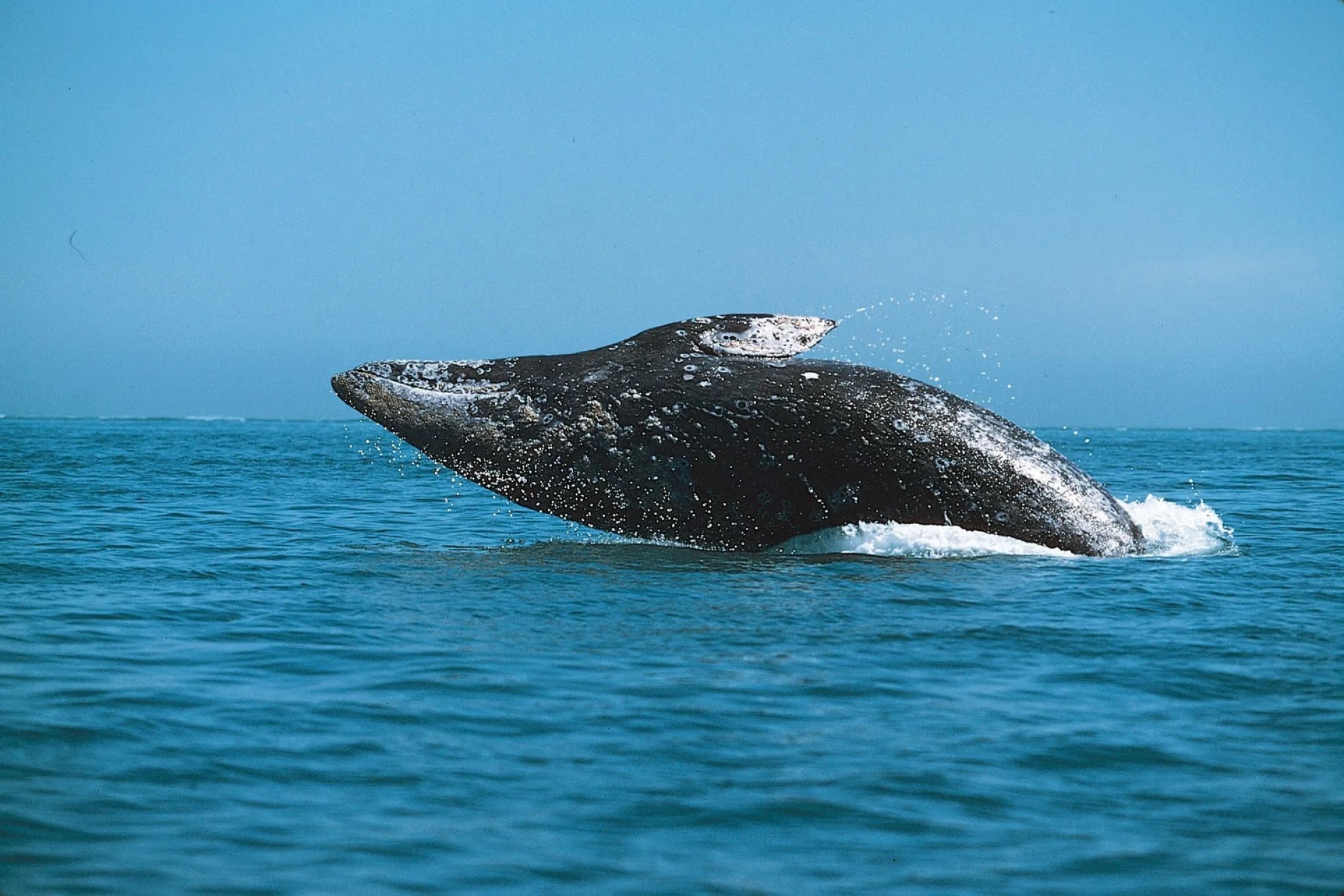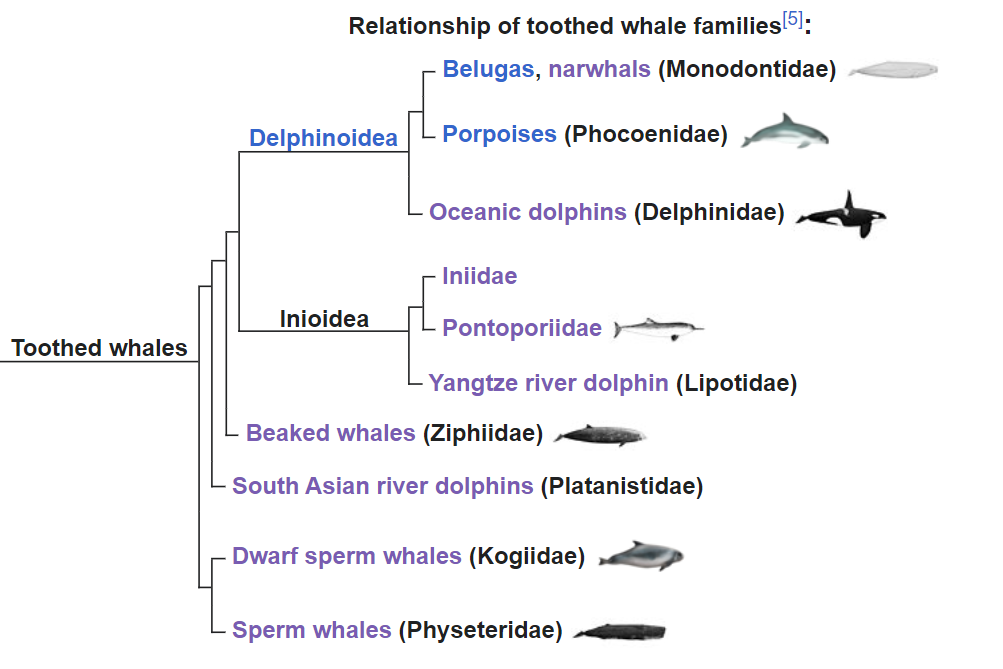
Grey whale
The gray whale (other names include grey whale, gray back whale, Pacific gray whale, Korean gray whale, or California gray whale), is a baleen whale that migrates between feeding and breeding grounds yearly. They can reach 14m in length and 41 tonnes. It is found in North pacific – with the Northeast Pacific (American population) and the Northwest Pacific (Asian population) that is endangered. The northern population has been extinct for a long time.
Lone grey whale migrates half way around the world
- Tim
- June 12, 2021
DNA analysis has shown that a grey whale first seen off the South West African coast, originated in a population off the eastern coast of Asia.

Most dolphins are right handed- or perhaps right flippered
- Tim
- December 15, 2019
As with humans, great Apes and bears amongst others it has been found the dolphins will usually prefer to use one flipper rather than the other.

It...
Animals moving away from extinction
- Tim
- February 7, 2019
The mountain gorilla and the fin whale have been reassessed and their conservation status had been found to not accurately show their position.
In the case of mountain gorillas, this...
Environmental and political stories from the US in recent times
- Tim
- March 9, 2024
On this post, I will list a group of articles on North American politics and stories. It is unfortunately a fact, that, no matter what your position is on American...



